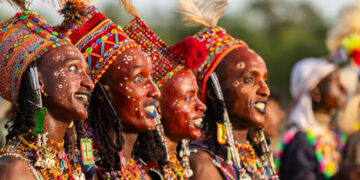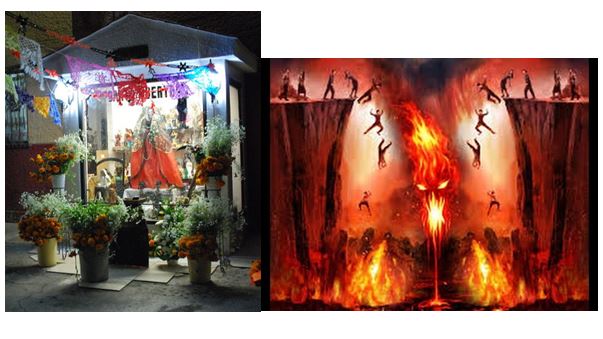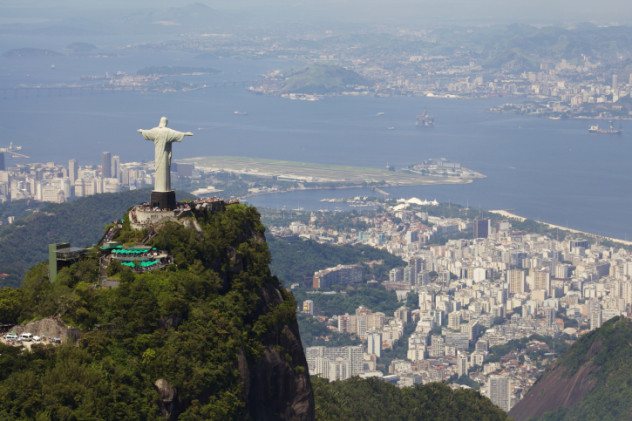1. Prison Pentecostalism
The prisons of Rio de Janeiro are controlled by violent gangs, but they have made space for the rise of Pentecostal churches in their midst. These prison churches derive their organization structure from Pentecostal churches outside prison, but also from the gangs inside the prisons. The first prison churches were called Comando de Cristo (Christ’s Command), based on the name of Rio’s largest criminal gang, Comando Vermelho (Red Command). The small groups began to grow and claim parts of the prison as their own territory. Pentecostal inmates lived together in the celas dos crentes(Believer’s Cells). Pentecostal teachings appeal to many inmates due to the emphasis on redemption, and the greater activism by Pentecostals among Brazil’s poorest populations, compared to the Catholic majority. The Pentecostalism within the prison bears a resemblance to gang life, with an adherence to strong charismatic leaders and membership in the church offering protection from threats.
These churches usually make up around 10 percent of the prison population, much smaller than the secular gangs. But the gangs respect the churches, and in turn the churches do not interfere with the gangs. Gang members are allowed to leave their gangs and join the church community, but only if their conversion is genuine. Church members are forbidden to take drugs, so if someone converts and is found to have taken them, they will be expelled from the church and suffer harsh punishment for their disloyalty from their former gang. But the balance between church and gang maintains an order within the prisons to a much greater extent than the facade of control exercised by the wardens. Some former prisoners converted to the faith return after their release to work with inmates. One inmate, Daniel Ruffinnati, credits his conversion with curing his schizophrenia and now works with a social outreach program.
Not all interactions between burgeoning Pentecostalism and the world of crime is so rosy, however. Informal, unregulated, and for-profit compulsory rehabilitation centers run by Pentecostal and Charismatic churches in Guatemala are holding drug users against their will with government approval. Filthy abandoned buildings have been turned into fortresses to house the users who are forced to maintain them while pastors make money from their families for rehabilitation. Drug users are delivered to the centers by the police or captured by collection gangs by force. With little government oversight, many of these centers are rife with physical, psychological, and sexual abuse.
David Tormsen hopes he performs posthumous miracles, but would rather not run afoul of the Mexican authorities to make it happen.
–ListVerse
CLICK HERE to join our BBM Channel for juicy updates & free giveaways
TRENDING NOW
- Top 8 Most stylish Kings in Nigeria – 2 of them use the most expensive Rolls Royce cars (With Photos)
- Emeka Ike releases list of Nollywood producers who sleep with actresses – The list will shock many
- 21 World famous celebrities you never knew were Nigerians – This will shock you! (With Pictures)
- 15 Nigerian billionaires that own private Jets -Number 3 has up to five Aircrafts (With Pictures)
- 10 world’s richest people of all time – Bill Gates is not even on the list & #7 is an African (With Pics)
- The 13 most feared criminals in the world right now – #3 is Nigerian and this will make you shiver (With Pictures)
- Nigerian celebs and the breathtaking houses they live in – Genevieve’s crib is crazy! (With Photos)





































Discussion about this post